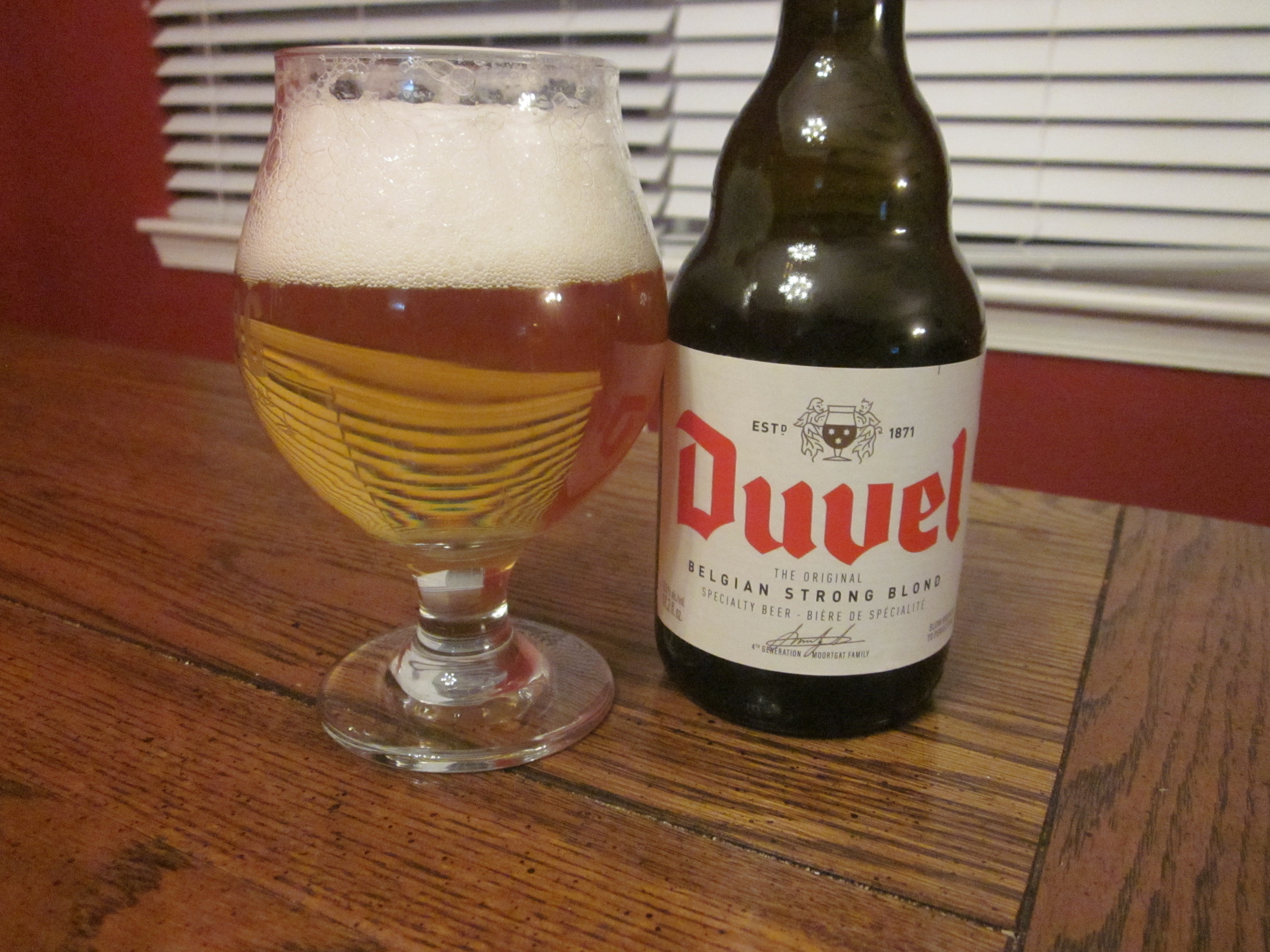Nice subject! A joy to discuss.
I'm not a linguist, not a native speaker of German and overall I'm quite a dumb old slug, but I have a linguistical gut feeling that the word "Hefeweizen" as the primary term for the style is rather a specifically American term for the brew that in Germany herself is predominantly called Weizenbier or Weissbier, rather than Hefeweizen - which term is used as well, but way less common than the first two. Herr
@Miraculix knows better.
In all European languages I know (and I know quite a few of them - albeit most are not-so-wide spread, and French is missing among them, to my ashamement) the naming of this style generally follows the German pattern: "Wheat Beer" rather than "Yeast Wheat". How this style is called in French, to distinguish it from the Belgian Blanche?
I mean, I doubt a French producer would name their product "Hefeweizenbier", so it's most probably the English words "Wheat Beer" that they encoded into those ominous
W. B. From another side, who knows them, the yeast producers, after the spree of American-themed renamings in Mangrove Jack's product line...





